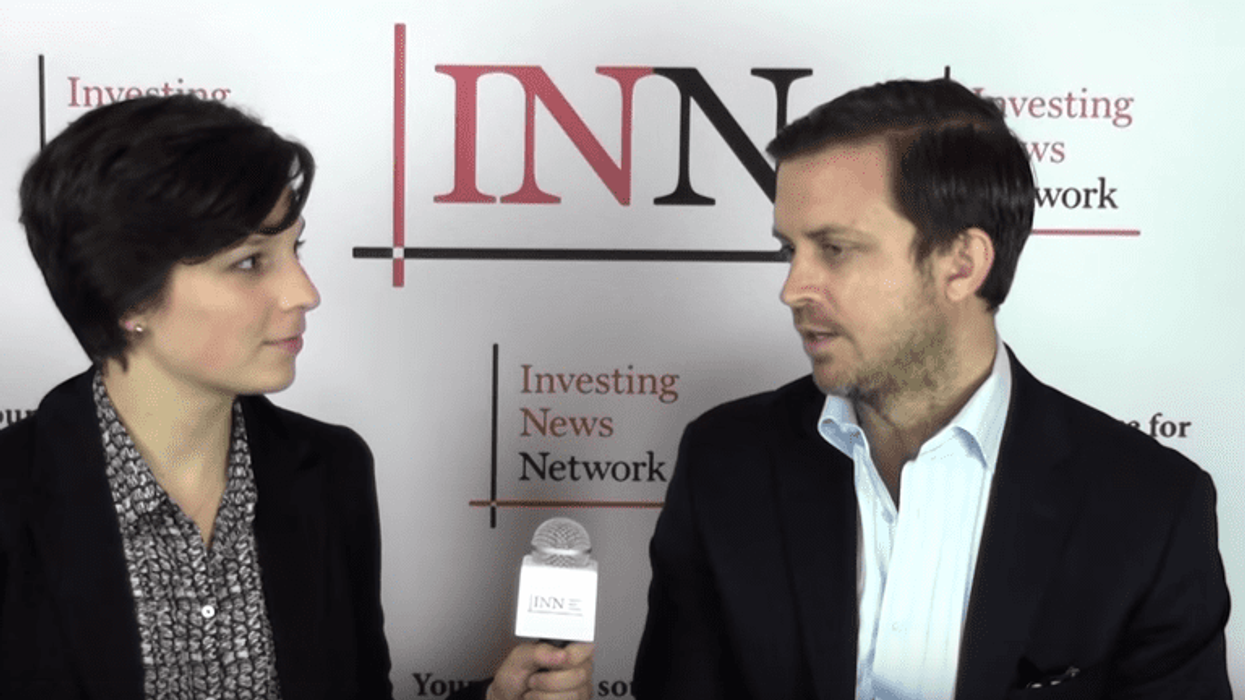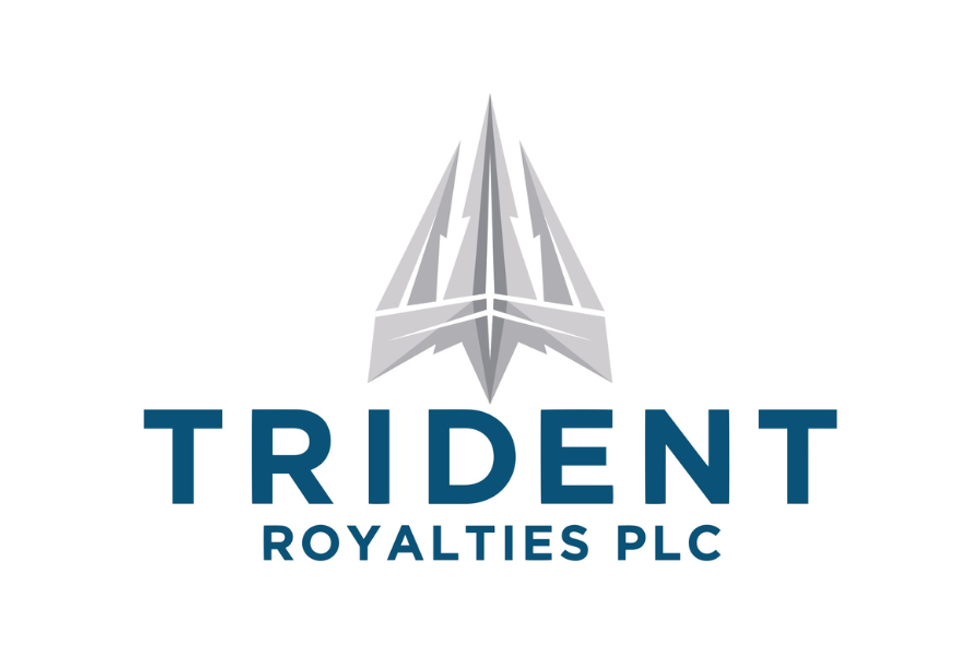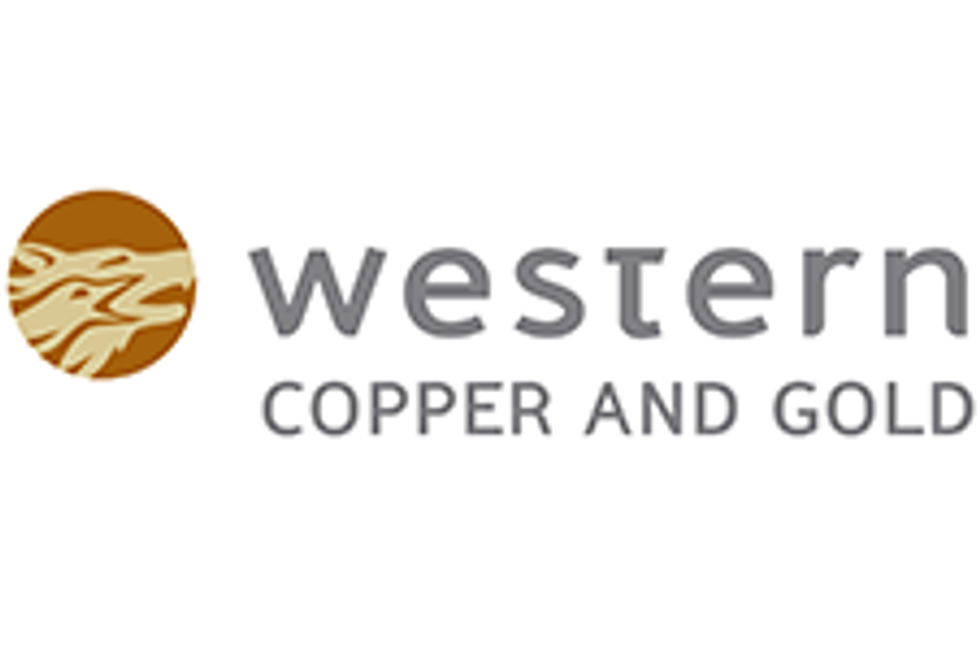- AustraliaNorth AmericaWorld
Investing News NetworkYour trusted source for investing success
Galan Lithium
International Graphite
Cardiex Limited
CVD Equipment Corporation
- Lithium Outlook
- Oil and Gas Outlook
- Gold Outlook Report
- Uranium Outlook
- Rare Earths Outlook
- All Outlook Reports
- Top Generative AI Stocks
- Top EV Stocks
- Biggest AI Companies
- Biggest Blockchain Stocks
- Biggest Cryptocurrency-mining Stocks
- Biggest Cybersecurity Companies
- Biggest Robotics Companies
- Biggest Social Media Companies
- Biggest Technology ETFs
- Artificial Intellgience ETFs
- Robotics ETFs
- Canadian Cryptocurrency ETFs
- Artificial Intelligence Outlook
- EV Outlook
- Cleantech Outlook
- Crypto Outlook
- Tech Outlook
- All Market Outlook Reports
- Cannabis Weekly Round-Up
- Top Alzheimer's Treatment Stocks
- Top Biotech Stocks
- Top Plant-based Food Stocks
- Biggest Cannabis Stocks
- Biggest Pharma Stocks
- Longevity Stocks to Watch
- Psychedelics Stocks to Watch
- Top Cobalt Stocks
- Small Biotech ETFs to Watch
- Top Life Science ETFs
- Biggest Pharmaceutical ETFs
- Life Science Outlook
- Biotech Outlook
- Cannabis Outlook
- Pharma Outlook
- Psychedelics Outlook
- All Market Outlook Reports
Kaizen Discovery CEO Matthew Hornor: Opportunity in a Bear Market
Kaizen Discovery CEO Matthew Hornor on what the company has been up to in 2015, and why he sees opportunity in the current bear market.
The Investing News Network was able to speak with Matthew Hornor, CEO of Kaizen Discovery (TSXV:KZD), at the recent Sprott-Stansberry Vancouver Natural Resource Symposium.
As this 2014 piece from Global Mining Observer explains, Kaizen was born when private surveying specialist HPX TechCo, controlled by Robert Friedland, took on the TSX listing of Concordia Resource in 2013. Several members of the management team at Friedland’s Ivanhoe Mines (TSX:IVN), including Hornor and esteemed explorer Dr. David Broughton, stepped up to head Kaizen, and the company has been making big moves in the junior mining space ever since.
In recent months, Kaizen has been putting out drill results from its Aspen Grove project in British Columbia and advancing permitting at its Coppermine project in Nunavut. It has also announced a transaction to acquire the Pinaya copper-gold project in Peru.
Certainly, Kaizen has been keeping busy despite a tough market. And while the copper price hasn’t been favorable, Hornor sees opportunity in the current bear market. “As the base metal markets and the commodity markets continue to go the way they’re going, that only provides more opportunities for Kaizen to get involved and pick up interesting assets at lower costs,” he said. “We’re in this for the long term.”
Hornor also spoke about Kaizen’s strategic partnership with Japanese trading house ITOCHU, what investors can expect next from the company this year and what it takes for junior mining companies to achieve exploration success. Echoing what others in the space have said, Hornor chalked up the success of Ivanhoe and Kaizen to having the right people in place.
“Robert Friedland has had a lot of success in his life, but it’s not by dumb luck,” he said. “There’s been many opportunities and projects that have come across our tables — we’re looking at thousands and thousand of them — and really having the right team in place who knows what to look for, and what they’re looking at, is key.”
Watch the video above for more of what Hornor had to say. Interestingly, the CEO also discussed why he left his position as a senior associate at an international law firm in Japan to join Ivanhoe and Kaizen.
INN: Kaizen has a unique model involving your relationship with Japan’s ITOCHU, and you have quite a bit of experience working in Japan yourself. Why did Kaizen choose to go that route?
MH: Well, it is important to be partnered with somebody with a strong balance sheet. And not only that, if you go back to the country of Japan, it, as a matter of national security almost, needs to secure natural resources going out in the future. So partnering with ITOCU, which is a trading trading house in Japan with a $23 billion market cap, made a lot of sense to us. We are trying to play to our strengths at the moment and take advantage of the opportunities in the market, so partnering with them to go and seek out these opportunities gives us the financial wherewithal to really make a success of it.
INN: That makes sense, of course. And Kaizen has been keeping really busy this year and this past month alone you acquired a copper-gold project in Peru, you put out a really exciting hole from your BC property. So could you give us a few highlights? What is important for investors?
MH: Our model is pretty simple: Buy low, sell high, valley investment, limited downside, hell of a lot of upside. That is kind of what we are going for. Our projects so far have been acquisitions that are supported by our friends in Japan, our partners in Japan, starting with ITOCHU. The Peruvean project that we are in the process of closing on – we’ve announced that transaction and we expect that to close after September 2 when AM Gold (TSXV:AMG) has their shareholder meeting. That’s a resource that we have acquired in Peru, the Pinaya project. It’s on trend from the other producers in the same district.
We are very excited about that for a number of reasons. It gives us a well-developed camp and a position in Peru to grow the project with the support of our Japanese friends. Having a resource on our books changes, I think, in a lot of ways our profile, from being just an early stage project exploration group to somebody that actually has a resource and can build upon that resource and expand it using our proprietary technology. So we are really excited about that project in itself, and we are looking forward to closing and bringing in our Japanese financing partners to move that forward.
INN:That all sounds like great news, but at the same time, the markets have not been so kind lately.
MH: I hadn’t noticed really.
INN: (laughs) So what do the lower base metals prices, lower copper prices, what does that mean for Kaizen?
MH: That only makes opportunities more readily available. As the base metal markets and the commodity markets continue to go the way that they are going, that only provides more opportunities for Kaizen to get involved and pick up interesting projects and interesting assets at lower costs. We are in this for the long term. The worse it gets, I don’t want to say this, but it creates more opportunities for Kaizen.
In the end, the best solution for low prices is low prices, and it won’t last forever. At some point, the mines shutting down, a correction in the market that will cause, I think, in the long run, us to really be successful for doing all the things we have done; we’ve bought projects at the bottom end of the cycle, stick around for the exploration, using other people’s money of course to develop those projects. And then when the markets turn and the commodity markets come back, we will be in a great position because again, we have bought low and sold high.
INN: And speaking of exploration, the exploration team at Kaizen has had quite a bit of success, you’ve discovered Voisey’s Bay, Oyu Tolgoi and more. What has led to that success from your point of view?
MH: It comes down to the people and picking the right teams who really know what they are looking for. Robert Friedland has had a lot of success in his life, but it’s not by dumb luck. There are many opportunities and projects that have come across our tables that we look at – thousands and thousands of them – and really, having the right team in place, who knows what to look for and what they are looking at is key. If you look at Oyu Tolgoi, that was the case with Charlie Forester and the whole team that were part of that discovery. If you look at Voisey’s Bay, same thing there as well.
The Kamoa copper project, that Ivanhoe Mines just won the Lindsley Thayer award for, was given to the EVP (executive vice president) of exploration, Dr. David Broughton. He, by chance, happens to be my EVP of exploration. That project in the DRC was around a billion tonnes of copper at just under 3 percent. An incredibly large, high-grade copper project. it’s a type of geology that happens to be very similar to the project we have up in the northern part of Canada. And so, what we have put in place is a team lead by David Broughton that knows what they are looking at and knows how to go out and find projects that have the highest chance of success. So I think, to answer your question in short, it’s really kind of the DNA of the group, of giving yourself the best opportunity to find something based on the team you have in place at those projects.
INN:Ok, that is interesting. And I wanted to ask you about your career as well. Before working at Kaizen, you left your position at an international law firm to work at Ivanhoe Mines. I am wondering what made you make the switch from, kind of, doing deals to working with a mining company?
MH: I was representing in Tokyo, many of the investment banks; Goldman Sachs (NYSE:GS), Morgan Stanley (NYSE:MS) and Deutsche Bank (NYSE:DB), work across Deutsche Bank on a number of deals. Robert Friedland, I’ve known for many many years, and when the opportunity came up during one of the trips in Tokyo with him, it seemed to be a culmination of many years of hard work in a law firm, where I could take the skill sets that I had honed inside a law firm and apply them to the real world and go out and seek opportunities in the mining space that really would leverage what I had trained for.
You can be a lawyer in a law firm and do very well and your career can go fine, and I would probably be living in Tokyo right now if I had stuck with that, but this presented an opportunity to see the world and be, kind of, in a way, the Indiana Jones of lawyers, and see projects and go to places that you would never be able to see if you were sitting behind a desk and running projects and doing deals and cross border transactions in Tokyo. It was a combination of seeing it as an opportunity to see more of the planet and leverage the skill sets that I had developed over time running large project financing deals within the law firm for various projects in Japan and companies wanting to come into Japan to deal with Japanese companies.
INN: What is the most valuable thing you have learned about the mining industry from Robert Friedland?
MH: It is a little bit repetitious, but to make sure that you have the right team in place and an edge over the competition. You want to have the best people, you want to have the ability to raise financing in bad markets and in good markets – even more important in bad markets of course. And, if you have a sort of technological edge that puts you in a different space than the competition then you have the ability really to succeed. The most valuable asset you have in the company normally goes up and down the elevator every day, it’s your team. And doing what you can to take care of your team and bring them forward with you is really the key to the success of the overall company. So that is something I really learned from Robert, working with him for many years.
INN: Finally Matthew, what can investors look for from Kaizen in 2015?
MH: Look for us to continue to execute on our business plan. Since last year, being here at Sprott, we have done a number of different things. We have executed on our business model or acquiring business projects that the Japanese were interested in and we have many press releases, too many to go into right now. But look for more of what we like to call intelligent growth, disciplined growth, drill programs. We have three drill programs running right now. There are not many junior mining companies that are operator and exploring or turning drills at the moment. So there are a lot of assays coming out on very exciting results across the boards. So you can look for more real, hardcore exploration. We think we are looking at some really great things at our projects. And look for more deals for us to be doing later on this year.
So I could say, look for more of the same, which we think is executing on our business plan.
INN:Thanks for joining me Matthew.
MH: Thank you Teresa, thanks for having me.
Securities Disclosure: I, Teresa Matich, hold no direct investment interest in any company mentioned in this article.
Editorial Disclosure: The Investing News Network does not guarantee the accuracy or thoroughness of the information reported in the interviews it conducts. The opinions expressed in these interviews do not reflect the opinions of the Investing News Network and do not constitute investment advice. All readers are encouraged to perform their own due diligence.
Outlook Reports
Featured Base Metals Investing Stocks
Browse Companies
MARKETS
COMMODITIES
| Commodities | |||
|---|---|---|---|
| Gold | 2319.66 | +3.36 | |
| Silver | 27.24 | +0.06 | |
| Copper | 4.51 | +0.03 | |
| Oil | 82.86 | +0.05 | |
| Heating Oil | 2.57 | +0.01 | |
| Natural Gas | 1.62 | -0.03 | |
Investing News Network websites or approved third-party tools use cookies. Please refer to the cookie policy for collected data, privacy and GDPR compliance. By continuing to browse the site, you agree to our use of cookies.






